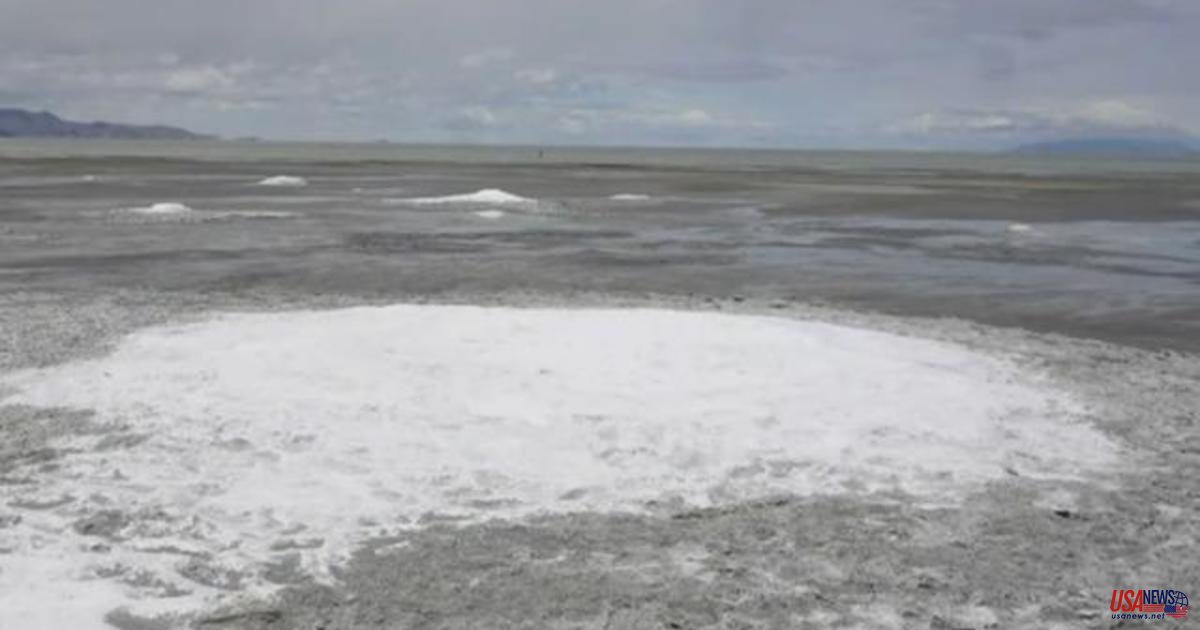Kayaker Brian Footen uses a 360-degree camera to capture the devastating sight of Utah's Great Salt Lake shrinking.
Footen works for Earthviews, which creates maps of terrestrial and aquatic environments. He noticed the drastic changes in conditions.
Footen stated that 30 years ago, there wouldn't have been anyone over there on the mountain side. There would have been a shoreline and not a lake bed.
The Great Salt Lake was approximately 3,000 miles in area when it was formed three decades ago. It now covers less than 1,000 square miles, which is the lowest ever recorded. This has caused air quality problems in the middle of drought conditions.
Footen stated that all the minerals and heavy metals from mountains have been entering the lake for thousands upon thousands of years. If the lake bottom is dry, the wind picks it up and creates dust storms which carry the heavy metals into high-rise areas such as Salt Lake City.
Scientists from the University of Utah travelled miles of land once underwater to determine how severe these dust storms could have been.
Professor at the University of Utah, Dr. Kevin Perry said that the dust that falls off the lake can be seen. This dust wall reduces visibility. People are concerned about the dust they breathe.
Perry uses a tool that simulates a dust storm to measure the amount of dust.
Perry explained that the swirling wind created inside the chamber stimulates wind speeds up to 50 miles an hour.
Perry's discovery has serious implications for millions of Salt Lake City residents.
He said, "I was looking into heavy metals and unfortunately we discovered very high concentrations arsenic soil." Arsenic can be dangerous for many reasons. It can cause lung cancer, bladder cancer and cardiovascular disease, as well as diabetes.
Arsenic-contaminated dust storms can be prevented by bringing more water to the Great Salt Lake. It's not an easy task when Utah is experiencing a megadrought with 20 years of below-average precipitation.
Joel Ferry owns a farm on the Bear River. His family has used the river's water to raise cattle and grow food for five generations.
Ferry stated that "We have water rights" to use the water. Ferry stated, "We have water rights to take that water."
Ferry was forced to be efficient as his water allocation fell by 30% last year. He installed drip irrigation on some of his crops. Other fields were levelled to better make use of flood irrigation.
Ferry's dedication to water conservation led to a new job. He stated that he was asked to do so by Gov. Spencer Cox will be the executive director of Department of Natural Resources. Ferry will have to convince farmers, industry, and residents of Utah about the importance water conservation.
He said, "We have to get this figured out." It's not going be easy, but there are options, and we're inventive.













